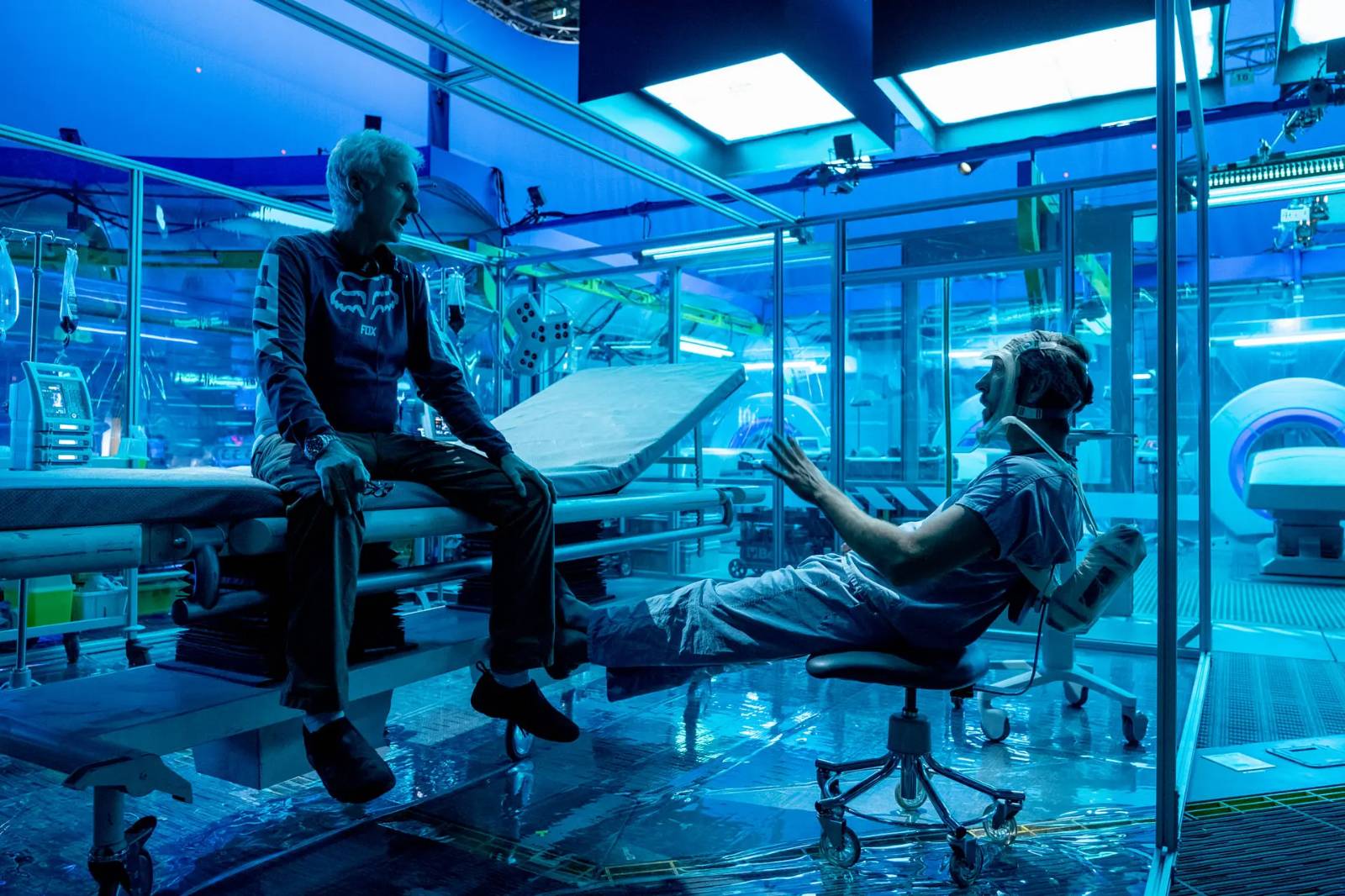Before Avatar: The Way of Water was released and James Cameron proved he was, indeed, king of the box office, the director revealed he thinks he’s got about six more films in, with half of them being in the Na’vi world. As for what else he may tackle, he didn’t then disclose the potential films, but with his sights now set on post-The Way of Water plans, he’s speaking up.
In a conversation with LA Times, Cameron confirmed that he’ll next tackle Avatar 3, which has already finished shooting and is now undergoing its extensive post-production process, due out in 2024. Then before Avatar 4, tentatively scheduled for 2026, he hopes to direct an adaptation of The Last Train From Hiroshima: The Survivors Look Back, Charles R. Pellegrino’s book from 2010, which captures life in Hiroshima and Nagasaki around the time of the atomic bombings.
The director actually first discussed the project around the time of the book’s release in 2010, saying, “It’s a subject that I’ve wanted to do a film about, that I’ve been wrestling with how to do it, over the years, and I don’t have an answer yet. [Pellegrino’s] book is one of presumably many sources that I’ll use for information to be as historically accurate as possible.” It seems like he may now have the right angle, and considering Cameron’s experience portraying catastrophic historical events on a sweeping canvas, we can see why he’s interested in the material.
“We live in a more precarious world than we thought we did,” Cameron recently said. “I think the Hiroshima film would be as timely as ever, if not more so. It reminds people what these weapons really do when they’re used against human targets.”
Check out the book’s synopsis below.
Drawing on the voices of atomic-bomb survivors and the new science of forensic archaeology, Charles Pellegrino describes the events and aftermath of two days in August when nuclear devices detonated over Japan changed life on Earth forever
Last Train from Hiroshima offers readers a stunning “you are there” time capsule, gracefully wrapped in elegant prose. Charles Pellegrino’s scientific authority and close relationship with the A-bomb’s survivors make his account the most gripping and authoritative ever written.
At the narrative’s core are eyewitness accounts of those who experienced the atomic explosions firsthand—the Japanese civilians on the ground and the American flyers in the air. Thirty people are known to have fled Hiroshima for Nagasaki—where they arrived just in time to survive the second bomb. One of them, Tsutomu Yamaguchi, is the only person who experienced the full effects of the cataclysm at ground zero both times. The second time, the blast effects were diverted around the stairwell in which Yamaguchi had been standing, placing him and a few others in a shock coccoon that offered protection, while the entire building disappeared around them.
Pellegrino weaves spellbinding stories together within an illustrated narrative that challenges the “official report,” showing exactly what happened in Hiroshima and Nagasaki—and why.
As we await more details on The Last Train From Hiroshima, not to mention Christopher Nolan’s Oppenheimer this summer, check out our discussion of Cameron’s latest film below, along with a visual effects breakdown.

